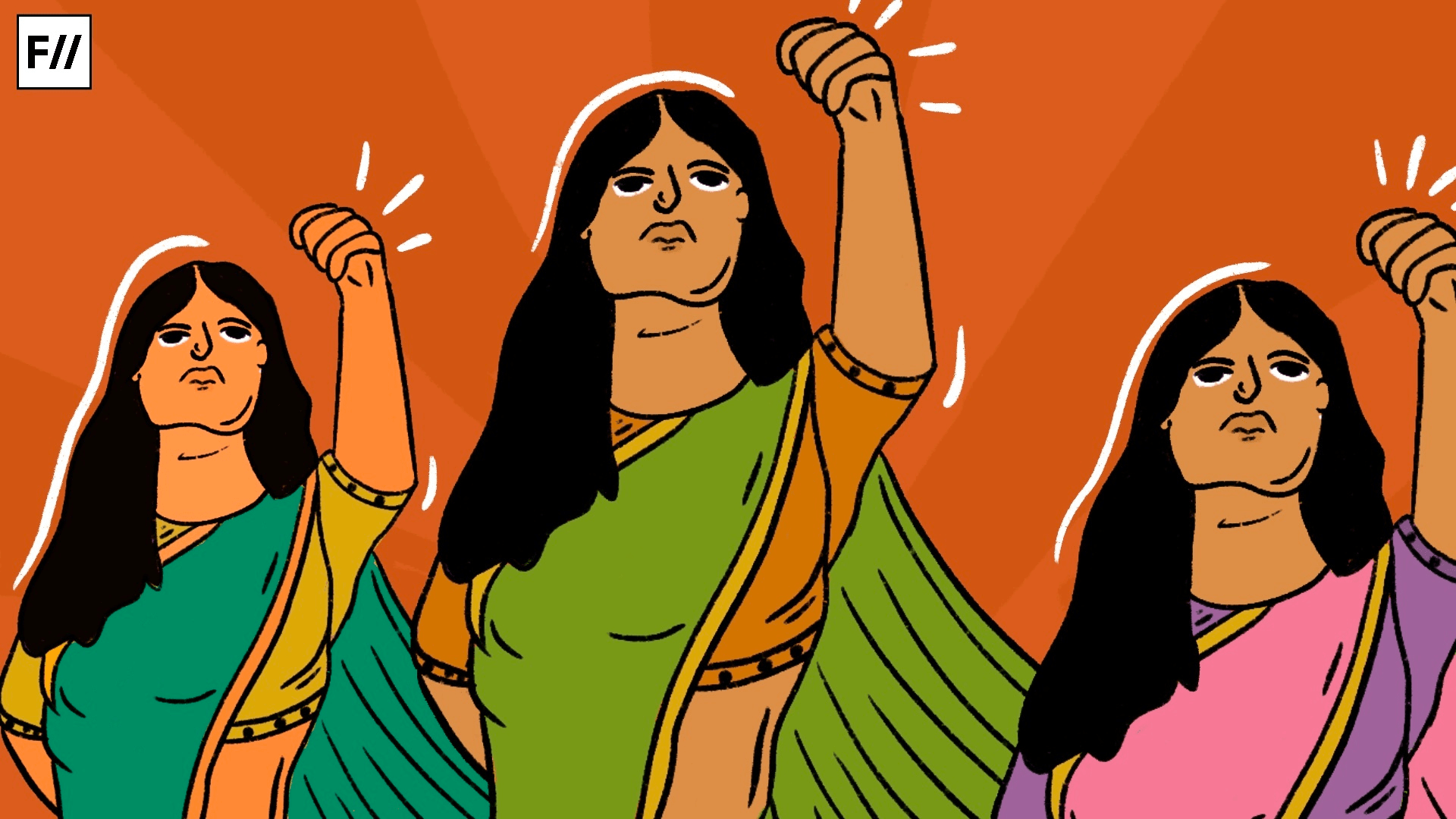Have you ever heard of wizard hunting? Probably not! The fear of supernatural powers exists only when the wielder is a woman. In rural Gujarat for instance, the very existence of Dakans, who are women believed to have superpowers, are being feared and persecuted while the men, who are believed to have superpowers, are being revered as bhagats. This dichotomy reflects the troubling societal predisposition to valorise men for their powers while punishing women for the same, akin to venerating “studs” while ridiculing “sluts”. Not only does this social predisposition manifest in the form of Witch Hunting but also serves as a larger backdrop in which men seek to exert power and control over women.

Throughout history and across cultures, femicides have dominated the systematic persecution of individuals accused of engaging in witchcraft. For instance, over the years, thousands of individuals have been brutally killed in Tanzania in the name of witch hunting, with the majority of victims being elderly women who fit the stereotype of Tanzanian witches, facing strangulation, lynching, stabbings, and burnings. So is the case with rural China, where women who break social norms are punished by being labelled a witch. Looking back at our history, medieval Europe for instance, viewed witchcraft as a form of heresy, and particularly targeted women during the infamous witch trials. More recently, in 2009, Saudi Arabia’s religious police conducted state-sanctioned witch hunts, resulting in the detention of 118 people in the Makkah province. Shockingly, 74% of those charged with witchcraft were women.
Looking beyond religion and culture, witch hunting is ultimately driven by a gender-based power struggle, despite its superficial association with superstition. This article aims to highlight the gender-based power struggle underlying witch hunting, in the context of witch hunting in India. In addition, the article seeks to provide insights into the issue, which can inform public policy and improve outcomes through better policy design.
Relevance of witch hunting in India
The earliest documented case of witch hunting in India dates back to the Santhal witch trials of 1792. The trials were held among the Santhal tribe in the Chotanagpur region, where women accused of witchcraft were believed to be the cause of diseases within the community. While there are scattered historical accounts of mob attacks against women suspected of witchcraft, historically India never witnessed large-scale instances of witch huntings as observed in Early Modern Europe and colonial America. The reason for this could be attributed to the inherent acceptance of gender inclusivity within Indian culture.
The earliest documented case of witch hunting in India dates back to the Santhal witch trials of 1792. The trials were held among the Santhal tribe in the Chotanagpur region, where women accused of witchcraft were believed to be the cause of diseases within the community.
Hinduism, for example, venerates God as Ardhanarishwara, embodying both masculine and feminine qualities. This exquisite representation of the Anima and Animus in human beings aims to contribute to the culture by asserting that gender identities do not define us and that we all share a common level of consciousness, which is beyond our gender identity. Nevertheless, these refined concepts that govern Hinduism are often marginalised by superstitions that are alien to the culture. Despite being an inclusive culture, it needs to be pondered upon why India still experiences instances of superstitious beliefs that lead to gender-based violence.
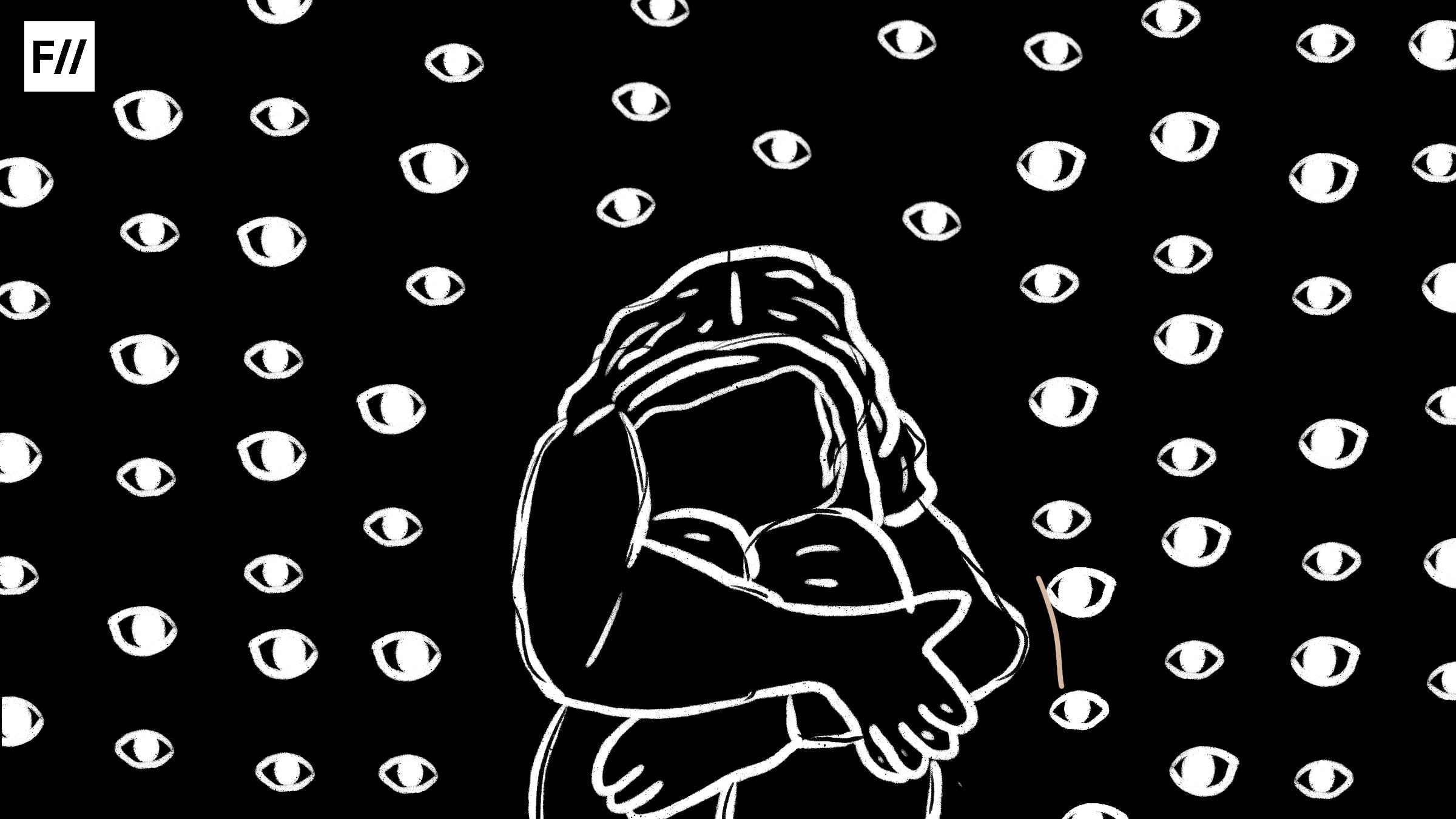
India recorded a total of 3,077 murders, from the year 2001 to 2021, with witchcraft as a motive. Out of all the cases, it was found that 30% lead to murder and 70% lead to the victim and their family having to leave the area. Though the number of murders related to witch hunting saw a decline of 57% since 2015, it is still a major policy problem that India faces. From the year 2001 to 2016, in the state of Jharkhand alone, 523 women were lynched by their local communities after they were branded witches. The states of Odisha, Jharkhand, Chhattisgarh, Gujarat and West Bengal are some of the crime hotspot areas of witch hunting in India. A study by the Action Aid Association titled ‘Witch Hunting in Odisha‘, finds that a total of only 69% of all instances of witch-hunting in India lead to police intervention.
Legal interventions
Several states in India have adopted legislation that is specifically meant to deal with the issue of witch-hunting. This includes states like Assam, Bihar, Chhattisgarh, Odisha, Jharkhand and Rajasthan. In 2016, former BJP MP of Lok Sabha, Shri Raghav Lakhanpal tabled the Prevention of Witch Hunting Bill, 2016, which is still pending to be passed in the Lok Sabha. The bill categorises witch hunting as a cognisable, non-bailable, and non-compoundable offence while also suggesting the state governments provide free medical aid to the victims.
However, the key issue with the bill is that its provisions of it are already in tune with IPC sections 299, 302, 499, 354, etc which deal with culpable homicide, murder, defamation, outraging women’s modesty etc. This raises a crucial question on the need for enacting a dedicated law against witch-hunting, prompting us to explore alternative approaches and policy interventions that could increase the effectiveness of the existing laws.
Roots of witch hunting
To effectively address the issue of witch-hunting in India, it is crucial to view the problem from the lens of social and cultural factors that perpetuate the practice, as well as the policy gaps that fuel its existence. A study titled ‘Witch hunting in Odisha‘, by the Odisha State Commission of Women and Action Aid India, which studies 102 cases of witch hunts in Odisha, notes that the major causes for witch hunting are found to be the deteriorated health of children, crop failure, land grabbing, and mental health issues.
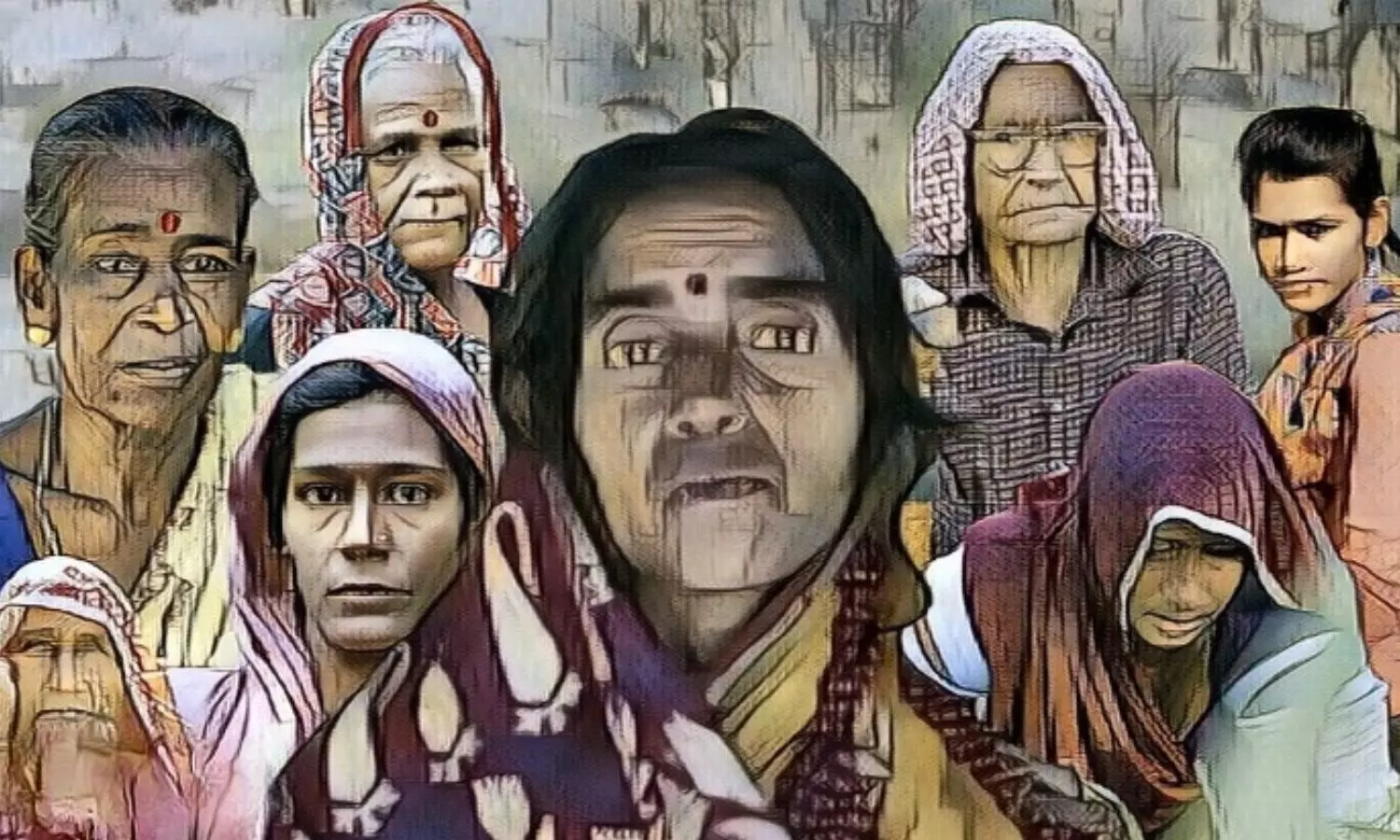
According to the study, witch branding occurs more frequently in communities with high illiteracy rates, unequal socio-economic conditions, and gender inequality. Additionally, tribal and Dalit communities are particularly vulnerable to witch hunting, as noted in the report. We can therefore infer that the factors which trigger witch hunting can be attributed to the scarcity of resources and land, poverty, and lack of legal and mental health awareness. The issue of witch hunting in India can therefore be viewed through three lenses: sex ratio and patriarchy, land rights and legal aid access.
Sex ratio and patriarchy
Gender-based violence is a complex issue with many underlying factors, one of which is the sex ratio in society. A 2018 study by Nadia Diamond-Smith and Kara Rudolph found that as the number of women in a society decreases, men tend to regulate female bodies more, leading to an increase in sexual violence. This not only contributes to a more patriarchal society but also results in men exerting control over women in various ways.
Rural Gujarat, for instance, has historically seen low sex ratios. The child sex ratio of children from the ages 0-6 in the year 2001 in Gujarat was 883, while the overall sex ratio was 920 females per 1000 males. The 2011 census shows the sex ratio at 919, while the child sex ratio was at 866. This is still below the national average of 943 females per 1000 men, as per the 2011 census. In rural Gujarat, the low sex ratio has resulted in a widespread practice known as ‘Sada Pattati’ or bride price. This practice involves compensating a bride’s family in cash or kind in exchange for the bride, essentially treating women as commodities to be bought and sold.
In rural Gujarat, the low sex ratio has resulted in a widespread practice known as ‘Sada Pattati’ or bride price. This practice involves compensating a bride’s family in cash or kind in exchange for the bride, essentially treating women as commodities to be bought and sold.
However, the bride price is usually owned by the male counterparts of the family. Since most of these women end up working as agricultural labourers in the landholdings of male counterparts in the family, the bride price is essentially compensation paid for the loss of labour for the bride’s family. This necessitates a nuanced examination of the crucial role that land rights play in these power dynamics.
Land rights
80% of all women workforce in rural India work in the agricultural sector. This amounts to 75% of the entire agriculture sector’s workforce being women. Yet, less than 13% of Indian women hold agricultural land. The agricultural census of India, 2015-2016, further points out that only 11.2% of the total operated area in the country was operated by female operational holders. This could be indicative of the informal institutions barring women from accessing their land rights in rural and tribal areas.
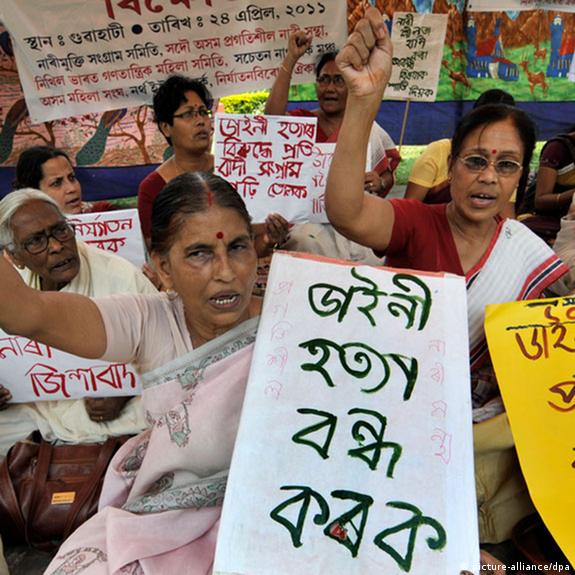
As we have seen in the case of bride prices, land holdings become a medium of exchange among male counterparts due to competition for females, and women are pushed into the roles of mere agricultural labourers. As we have seen at the beginning of this article, power in the hands of women induces fear among many. Perception of power in the hands of women translates to their male counterparts being less powerful or less competent than them.
Ownership of land is power, especially when land resources are scarce, and when land is used as a medium of exchange among men for winning the competition for women.
We could therefore infer that when women own land, the male members of their families perceive it as a lack of their competence.
Legal aid access
One-Fourth of the whole Indian population is multidimensionally poor. Rural areas are the most affected with 32.5 % of the entire rural population being multidimensionally poor. Hiring lawyers, who happen to be the gatekeepers of justice thus becomes inaccessible for the weaker sections of society. Despite the existence of the National Legal Services Authority, access to legal aid is still far beyond the reach of the vast majority of marginalised sectors.
Justice D.Y. Chandrachud in the year 2021 remarked that ‘The ground-reality of legal aid accessible to persons in need is far from perfect‘. As of 2022, the Indian Judicial System is being overburdened by around 4.7 crore pending court cases across different levels of the judiciary. A report by PRS Legislative Research claims that one in four cases in the subordinate courts has been pending for five years. The institution of Gram Nyayalayas is far from being effective in dispensing justice, mainly due to the lack of legal professionals willing to work for it.
Another issue with respect to the lack of legal aid access among women in rural India is with respect to legal awareness. Only 50% of rural women are literate. The percentage of legal literacy among women could be much lower. Even if they are literate, there is a barrier for them to approach legal aid services. Out of all empanelled lawyers in India who are a part of the District Legal Services Authority, only 18 % are women. This lack of representation of women reduces the approachability of the victims of witch-hunting to the legal aid institutions in the country. In a society where women are being oppressed, male officials are bound to be perceived by women as people who could be easily bribed or influenced by their oppressors.
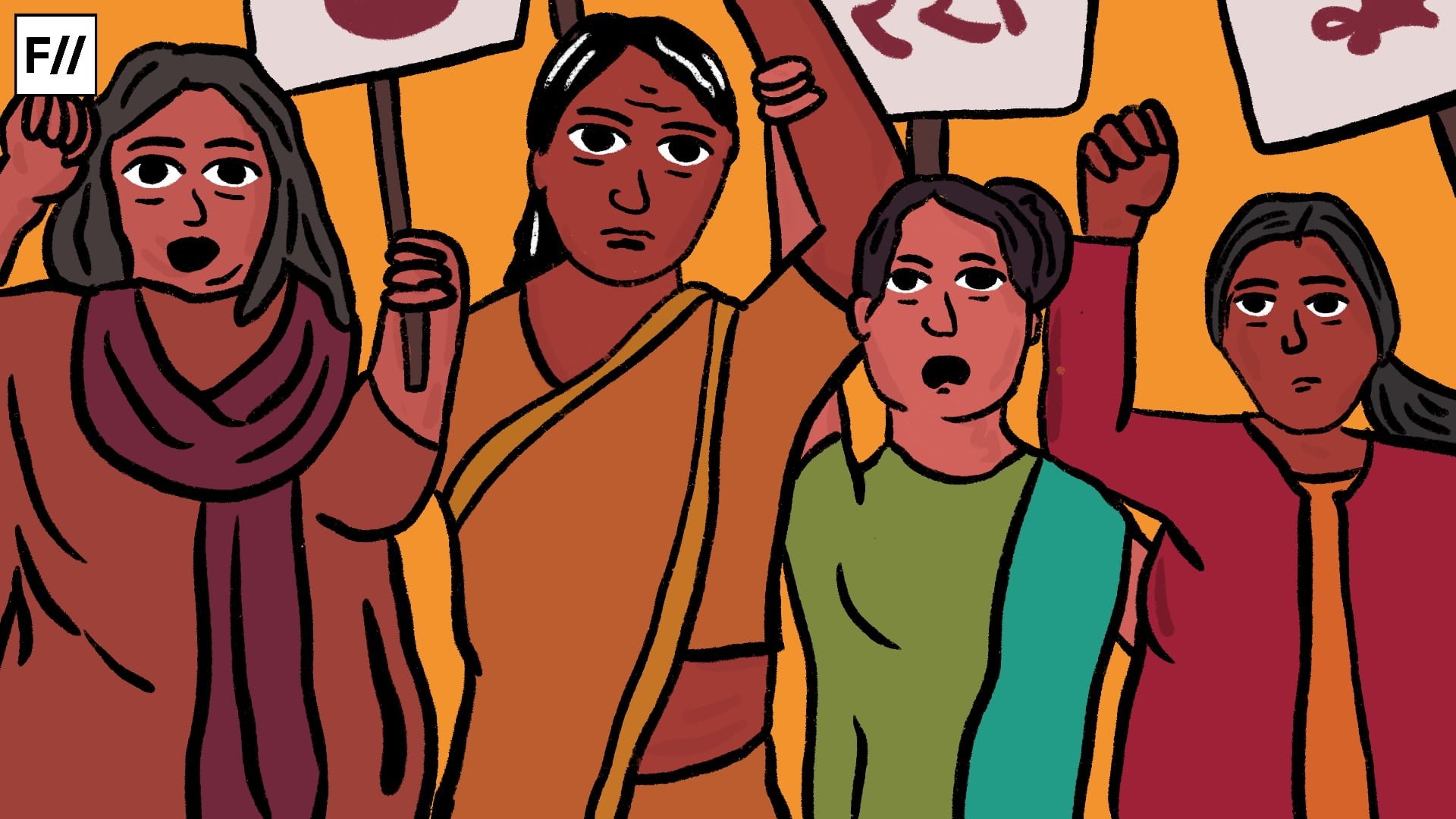
At this point, it is quite evident that the issue of witch-hunting in India is not an isolated problem, but rather a manifestation of larger systemic issues such as gender inequality, low sex ratio, lack of legal awareness, scarcity of resources, and low literacy rates. Consequently, these challenges contribute to the development of a deeply ingrained social ideology of patriarchy which manifests itself as social norms, rituals and superstitions. Given this complex interplay of factors, any policy designed to mitigate the issue of witch-hunting must incorporate a strategy to counter narrativise these embedded social ideologies. One cannot ignore the role played by grass root level women empowerment initiatives in fulfilling this policy void.
The lack of adequate representation of women in fields like law enforcement and legal services further hinders progress in addressing this issue. According to the India Justice report published by TATA Trusts, it will take at least 24 years on the national level to have 33% women in the police force. This is a major problem that the law and order infrastructure of India faces. The government should therefore focus more on promoting and supporting women’s self-help groups and feminist NGOs to create greater awareness and empower women to stand up against these atrocities. In combating the menace of witch-hunting, we must remember that dismantling deeply ingrained social ideologies demands collective effort and a shift in mindsets.
The fight against witch-hunting goes beyond just statistics and numbers, it shows us once again that women empowerment is not just a goal but a necessity. As we envision a nation free from witch-hunting, let us remember that the path to change is illuminated by the resilience and courage of every woman who refuses to be silenced.
